How to sound like The Beatles Revolver: Pushing the boundaries
If you ask any music head, The Beatles Revolver is often in their top 5 albums, even if they aren’t a major fan of the band. The way it was produced would open new doors for many who were searching for ways to express themselves using the recording studio as an instrument.
The goal was no longer to create an accurate representation of real-time music performance. Instead, tape loops became the building blocks in a new system for sequencing music with the faders on the console. With producer, Sir George Martin, and the young maverick engineer, Geoff Emerick, The Beatles had the freedom to put ideas first in the recording of Revolver.
Instruments that defined The Beatles Revolver
For many, Revolver was a bold move that took you away from the bubblegum sounds of the 1960s as a listener and focused on sonic storytelling that came across in a far more genuine and original way.
Let’s take a look at some of the instruments that fed into the creative decision-making process and went on to inspire not only musicians but the generations of recording engineers and producers that followed.
1964 Gibson SG Standard
George Harrison had recently acquired his 1964 Gibson SG Standard before the Revolver sessions. The sound of the SG provided a contrast to the Epiphone Casinos used by John and Paul at the time.
1964 was the last full year the model had a traditional 1&11/16th nut width and the profile is slightly fuller than earlier Les Paul/SGs. This made the guitar particularly comfortable to play, with the string spacing that was provided by the design.
George’s original 1964 SG also featured on both Sgt. Pepper’s Lonely Hearts Club Band and The White Album, and was eventually auctioned for $570,000 in 2004. However, you can still get the dirty tone of the SG with a modern 1964 SG Standard Reissue.


Rickenbacker 4001S
Paul McCartney’s famous left-handed Rickenbacker 4001S was a gift from the manufacturer, John Hall, back in 1964. Compared to the Höfner Violin Bass we usually saw him with, the Rick was the perfect instrument for The Beatles’ move into psychedelic rock.
Although it was still Paul’s backup bass for live shows, the Rickenbacker saw an increasing amount of use in the studio. Combined with the Fairchild 660, which we look at later, it brought a new energy and feel to the rhythm section.
The 4001 was discontinued in 1981, but it was replaced with the 4003, which is still available today.


Studer J37
The process of bouncing tracks from one four-track tape machine to another was studious indeed. However, after The Beatles’ success, EMI was so impressed that the studio acquired a fleet of eight Studer J37 recorders.
Both Paul McCartney and Sir George Martin were inspired by the way Stockhausen used tape loops in his music, and Revolver was the first record the band would truly embrace these new artistic concepts.
It might not have that vintage tape sound, but the Boss RC 505 MKII is a great loopstation for use in studio or on stage. In addition, it’s equipped with some great sounding effects and three stereo outputs for sending your loops through a mixing desk a la Sir George Martin.

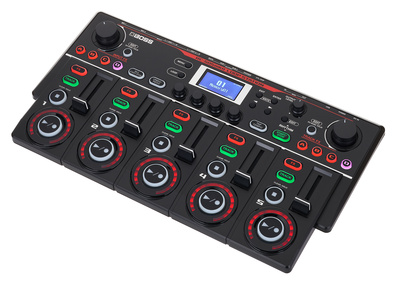
Leslie Speaker
The modern-day musical marriage between Hammond organs and Leslie speakers wasn’t always a match made in heaven. In fact, Laurens Hammond hated the idea so much initially, he made Hammond organs incompatible.
Ironically, the very reason Donald Leslie had invented the speaker in the first place, was that he found the sound of the Hammond rather flat in comparison to the more animated-sounding pipe organ.
John Lennon’s request to distort his vocals on Tomorrow Never Knows was rather outlandish, but Geoff Emerick got the idea to reamp the vocal signal through the Leslie speaker, which produced the unique effect we can hear on the record.

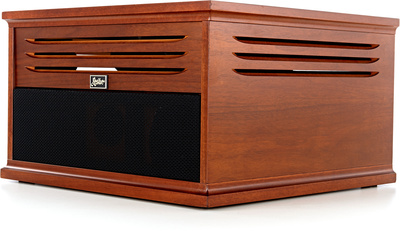
Fairchild 660
One of the defining moments of the album is the way the drums hit you on Tomorrow Never Knows. The hypnotic groove of the tape loop as it “revolves” immediately makes the song stand out among thousands of records that came before, as well as those that would came after.
The perfect balance of the drum ambiance and the organic tonal warmth is created by more than just good mic placement and EQ. The wow factor is created by the Fairchild 660 Limiter, which is used on many instruments throughout the album’s production. It isn’t easy to make a loop sound like a performance, but this is certainly the impression from the listening experience.
The Fairchild is one of the rarest pieces of audio equipment, with the 660 and 670 currently fetching anywhere between $20,000 and $60,000 on the 2nd-hand market if you can actually find one. For this reason, there are extremely plausible clones available like the Heritage Audio Herchild 660, which is better suited to the modern studio environment.

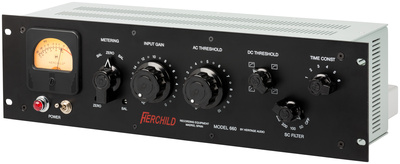
What is your favourite piece of gear used by The Beatles? Let us know in the comments below!
More about The Beatles Revolver:
- The Beatles Official
- Abbey Road Studios
- Revolver gear guide
- More sound-alikes
- Everything vintage
Videos:
You are currently viewing a placeholder content from YouTube. To access the actual content, click the button below. Please note that doing so will share data with third-party providers.
You are currently viewing a placeholder content from YouTube. To access the actual content, click the button below. Please note that doing so will share data with third-party providers.
You are currently viewing a placeholder content from YouTube. To access the actual content, click the button below. Please note that doing so will share data with third-party providers.
* Note: This article contains promotional links that help us fund our site. Don’t worry: the price for you always stays the same! If you buy something through these links, we will receive a small commission. Thank you for your support!
2 responses to “How to sound like The Beatles Revolver: Pushing the boundaries”

 4,4 / 5,0 |
4,4 / 5,0 | 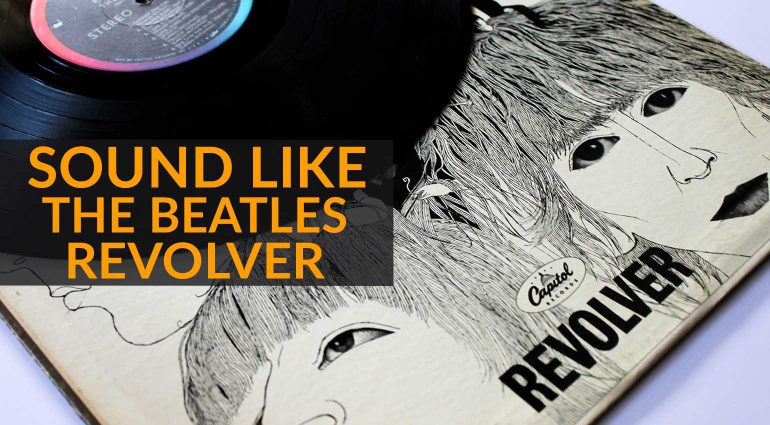

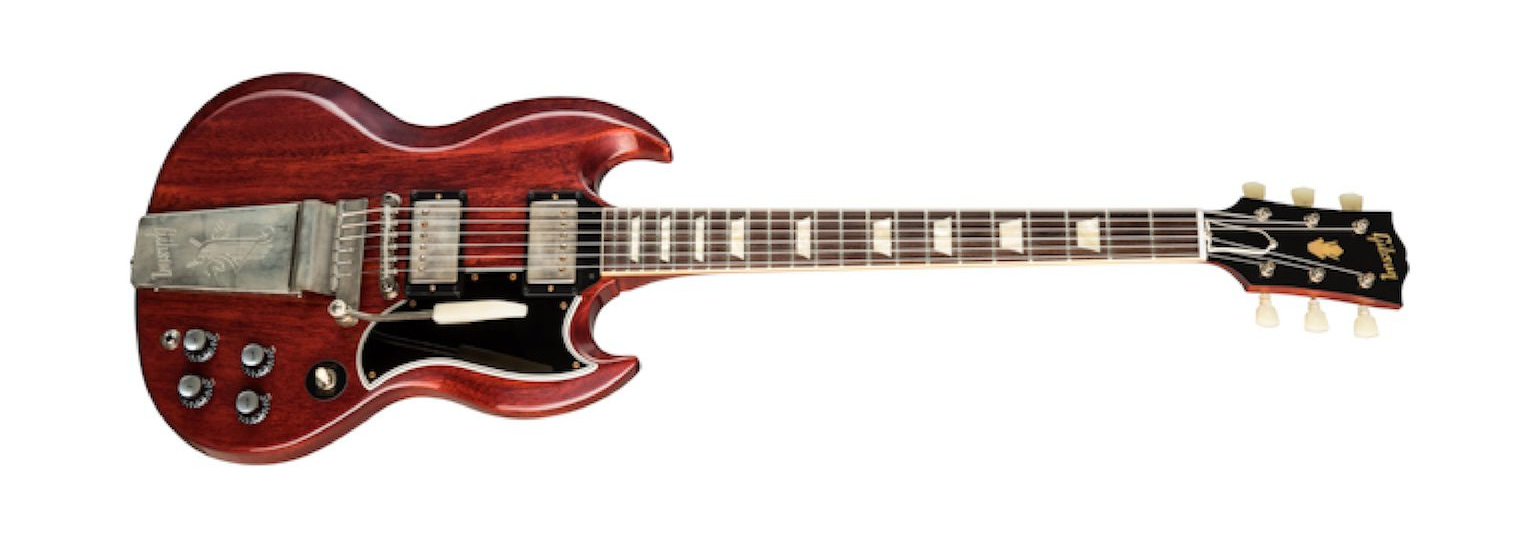



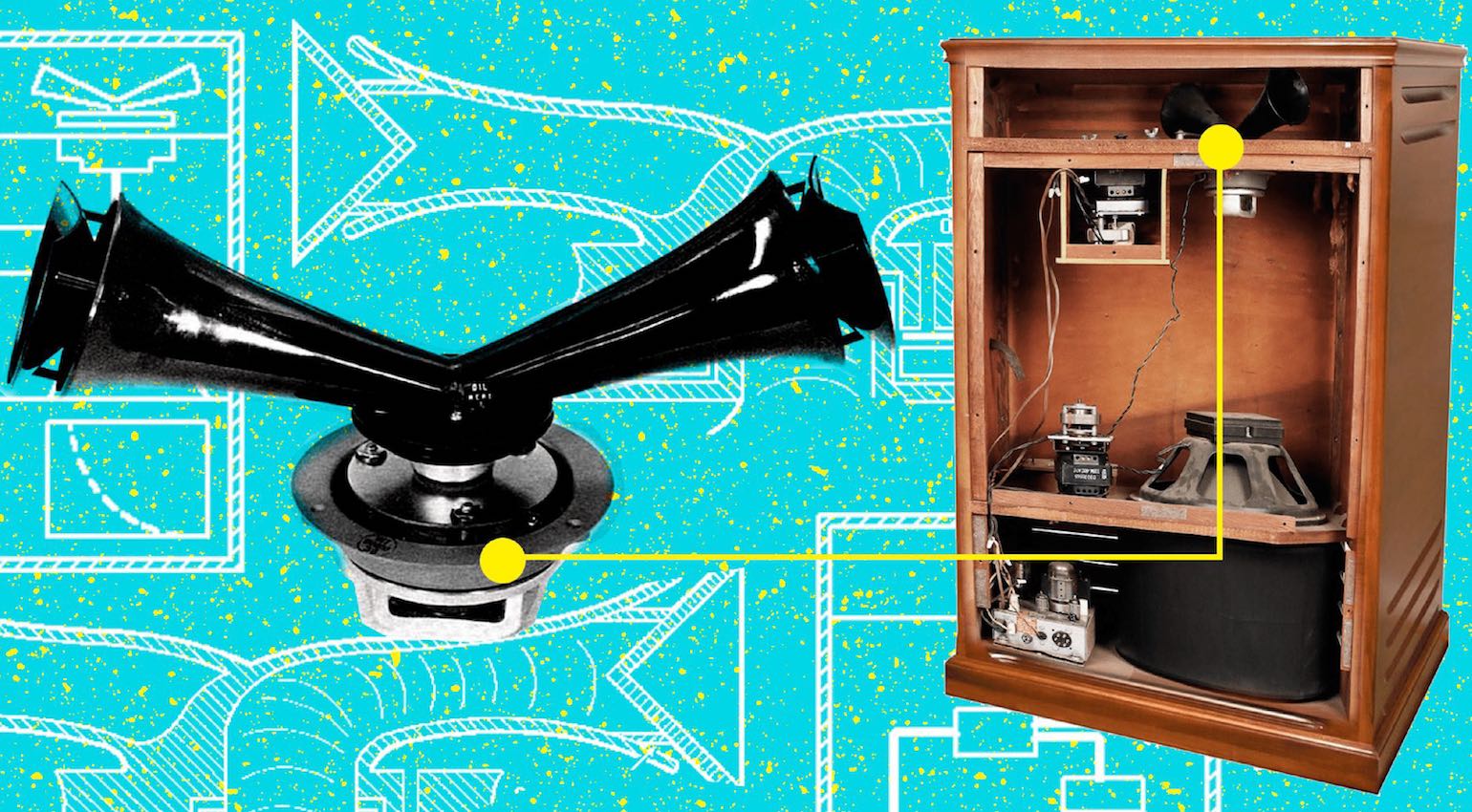

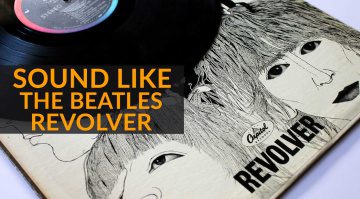

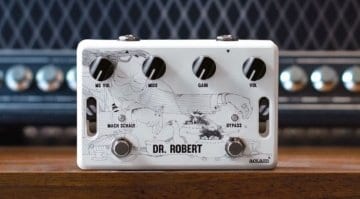
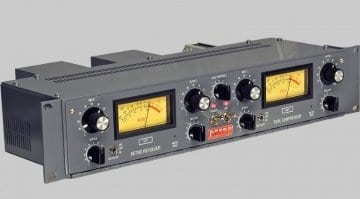
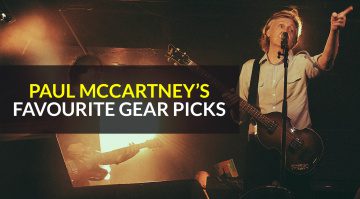
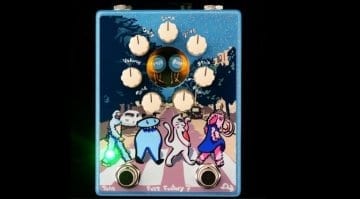

It’s actually cheaper to hire Macca and Ringo that to buy all this gear.
According to this article from 2014, the going rate at that time to book Paul McCartney was $750000+ US and for Ringo it was $150,000-$249,999.
https://www.businessinsider.com/celebrity-booking-rate-list-2014-6